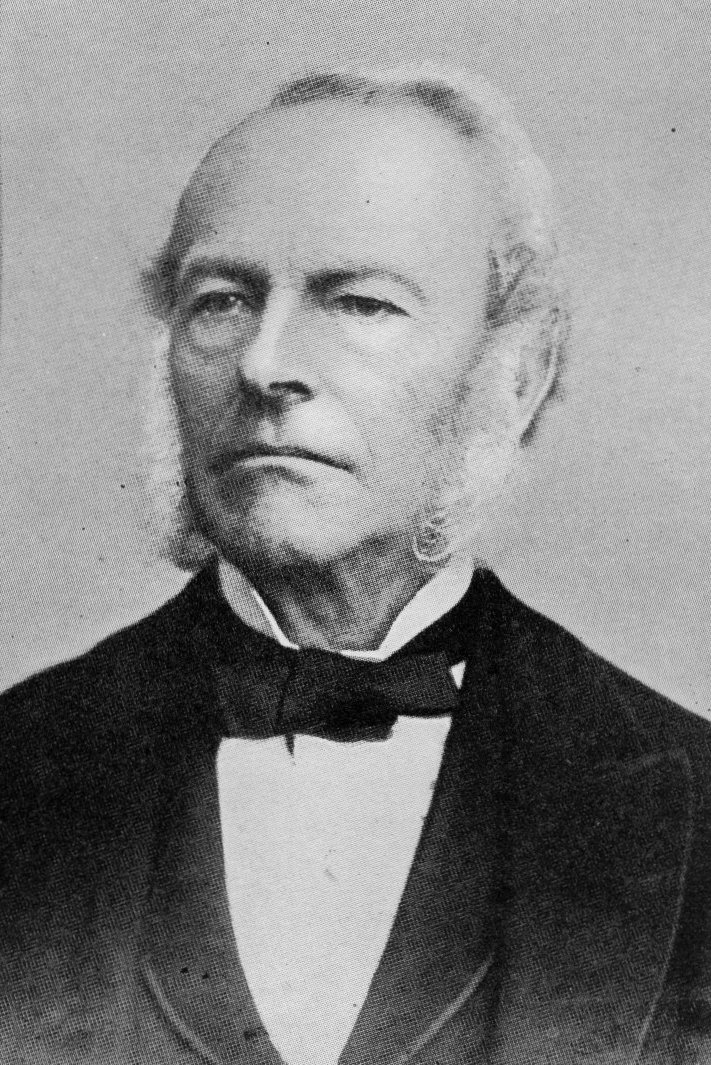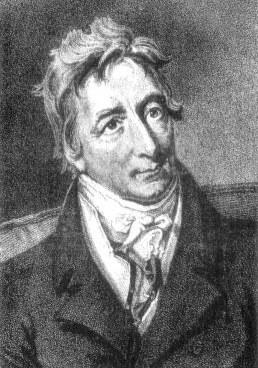on pavement grey
Where you can find the London addresses that were important to famous Irish people and of people who were important to Ireland.
Have you ever broken Stoke’s Law?
George Gabriel Stokes (scientist) gave us Stoke’s Law, he was born in Skreen Co. Sligo in 1819 and among many other achievements he discovered the role of haemoglobin in carrying oxygen in blood. He was president of the Royal Society – 6-9 Carlton House Terrace, St. James’s, London SW1Y 5AG – from 1885 to 1890.
By the way, his law explains how small objects settle in a liquid.

Image courtesy of Wikimedia Commons
125 years ago today, the first ceilidh
Organised by the Gaelic League, the first, official Irish ceilidh was held in the Bloomsbury Hall, on this day in 1897. While I find it difficult to be certain, the address appears to be at 5-7 Tavistock Place, Mary Ward House (Mary Ward Centre is on Queen’s Square).

Strike Softly
A new, English Heritage blue plaque marks the site of the Bryant & May match factory at Bow Quarter, 60 Fairfield Road, E3.
The strike against the atrocious working conditions here started in July 1888. It involved about 1,400 women and girl match makers, most of whom were Irish and came from an area known as the Fenian Barracks. Their victory was a watershed in rights for women workers. The cause of the match girls was aided by the social activist Annie Besant who was also of Irish extraction.
Ironically, perhaps, the factory is now gated and gentrified.
For more information, see Irish London, Kirkland R, Bloomsbury Press, London 2021.
Also see here, and for information on one of the strike leaders, 14-year old Mary Driscoll


He lived where science lives
John Tyndall, born Leighlinbridge, Co Carlow succeeded Michael Faraday as Professor of physics at the Royal Institution 1853 – 1887. He lived in a flat at the Institution, 21 Abermarle Street, W1S 4BS.
Also, while you are on Abermarle Street, Daniel O’ Connell, ‘The Liberator’ and “Prophet of a coming time”, is commemorated by a blue plaque at number 14, where he lived for some time.
And, why not click on one of the links at the top of this page. Maybe you will take a guided tour of Irish London.

Image courtesy of John Tyndall
Felt in the heart, remembered in stone
The words on this poignant plaque say it all. The rose and the shamrock carvings above the main entrance also say plenty. The plaque and carvings can be found in the Sacred Heart of Jesus, Oblates, or simply Quex Road, church, Kilburn,NW6 4PS.
Still an Irish institution and very much alive, the church was designed by EW Pugin. It is worthy of a visit and a good place to remember the lost and forgotten Irish.
Happy St Patrick’s Day to you all.


Her art of glass blossomed here
Wilhelmina Geddes, perhaps, the world’s greatest stained-glass artist, had her studio here, the Glass House 9-12 Lettice Street, Fulham SW6 4EH (although born Leitrim in 1887, Wilhelmina considered herself “a Belfast girl”).
Happy St Brigid’s Day.
His Dublin parliament was named after him, he is now buried beside Westminster
Henry Grattan, MP and orator, born in Dublin and led what was known as Grattan’s Parliament until the Act of Union dissolved this separate Irish parliament. He died in 1820 and is buried in Westminster Abbey beside Pit and Fox. A statue to him is in the Palace of Westminster.

Image courtesy of Wikimedia Commons
The Laois laureate
Cecil Day Lewis, Poet Laureate born Ballintubbert Co. Laois 1904 lived at 6 Crooms Hill, Greenwich, London SE10 8HL. He died at Lemmons, Hadley Common, EN5.

Image courtesy of Google Images
Who’s heard of Alfred Willmore?
Micheal Mac Liammoir, actor, impresario, writer and theatrical legend was born Alfred Willmore, 150 Purves Road, Kensal Rise, NW10. He co-founded the Gate theatre, Dublin with his partner Hilton Edwards and assisted in the establishment of An Taibhdhearc, the Irish language theatre in Galway.

Gate Theatre, Dublin

